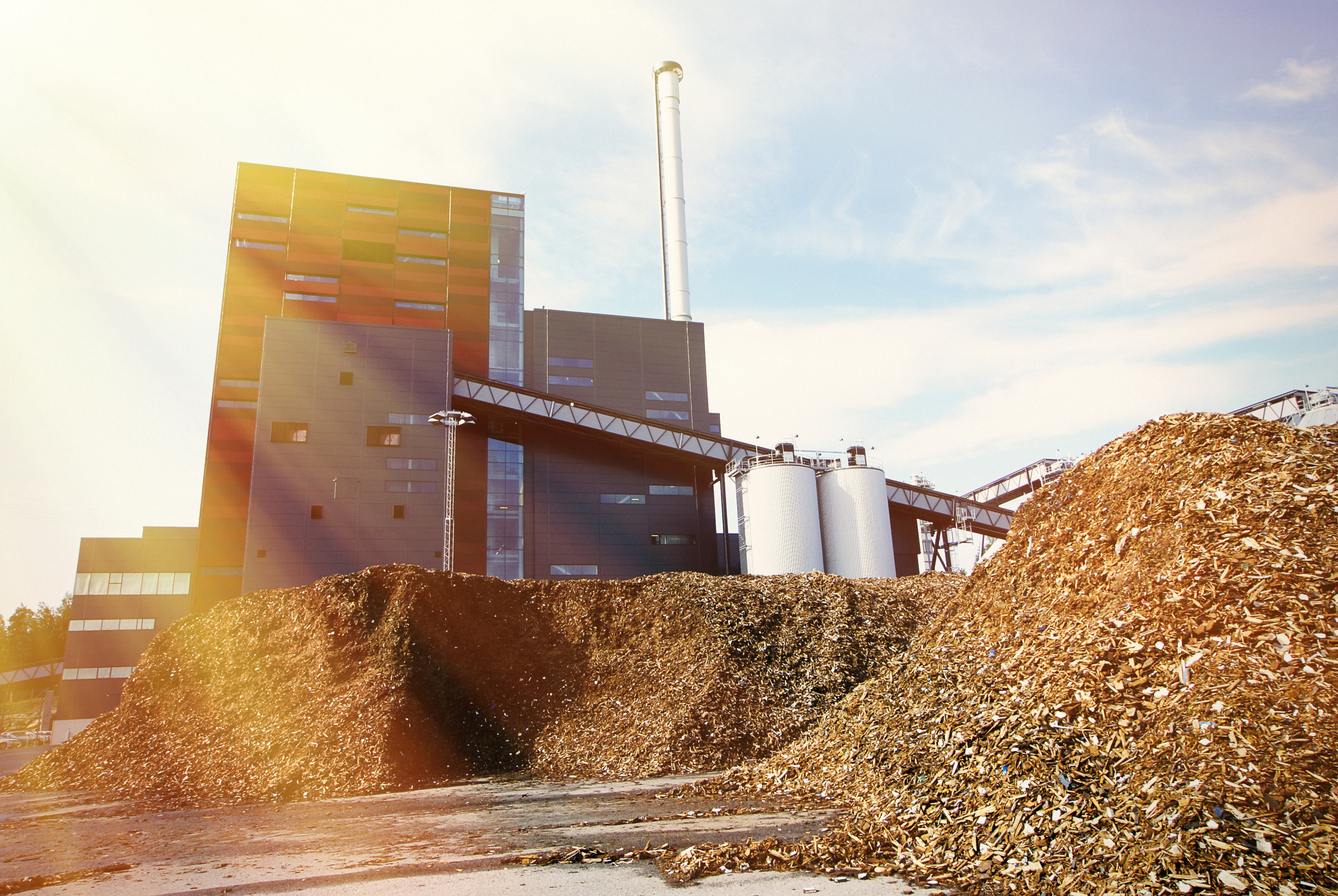
Wood consists mainly of bundles of cellulose fibers embedded in a matrix of lignin molecules. The lignin serves as a support structure that, as a hardened polymer, also gives the tissue its compressive strength, while the embedded cellulose fibers ensure its tensile strength. So the tissue is a combination of tear-resistant flexible fibers (cellulose) and a dense, rigid polymer as filler material (lignin). The lignin also protects the cell wall from water, UV light, and pests.

During pulping, wood chips are usually cooked under pressure with chemicals such as sodium hydroxide, sodium sulfide or sodium sulfate. This breaks down the wood, allowing the individual constituents to be separated. Current processes, however, only recover cellulose (for example, for paper production), while the lignin and hemicelluloses are incinerated as waste material to produce energy for the pulp mill. The new pulping process thus broadens the application portfolio.
Our goal is to separate the wood into its individual constituents – cellulose, hemicellulose and lignin – so that they can be used for further research and applications. Unlike in the paper industry, the focus is not simply on the extraction of cellulose, but on the qualitative utilization of the other wood constituents too. We want to develop and establish innovative processes that are more sustainable than those currently used for wood pulping. This will result in raw materials with properties that are not yet available on the market, such as sulfur-free lignin.
We want to make comprehensive use of wood as a resource, rather than simply extracting its cellulose. This results in the production of high-quality lignin that is suitable for further conversion, for example into basic chemicals or flavorings.
Background: Lignin is the only natural material that contains large quantities of aromatic substances. Up until now, all these substances have been extracted from petroleum.
A pressureless process for the digestion of wood with novel solvents is already in planning, with the primary focus on the implementation for hardwoods. We are also striving to develop efficient biological processes, for example through the use of enzymes, for the breakdown of wood and further processing of the resulting products.




